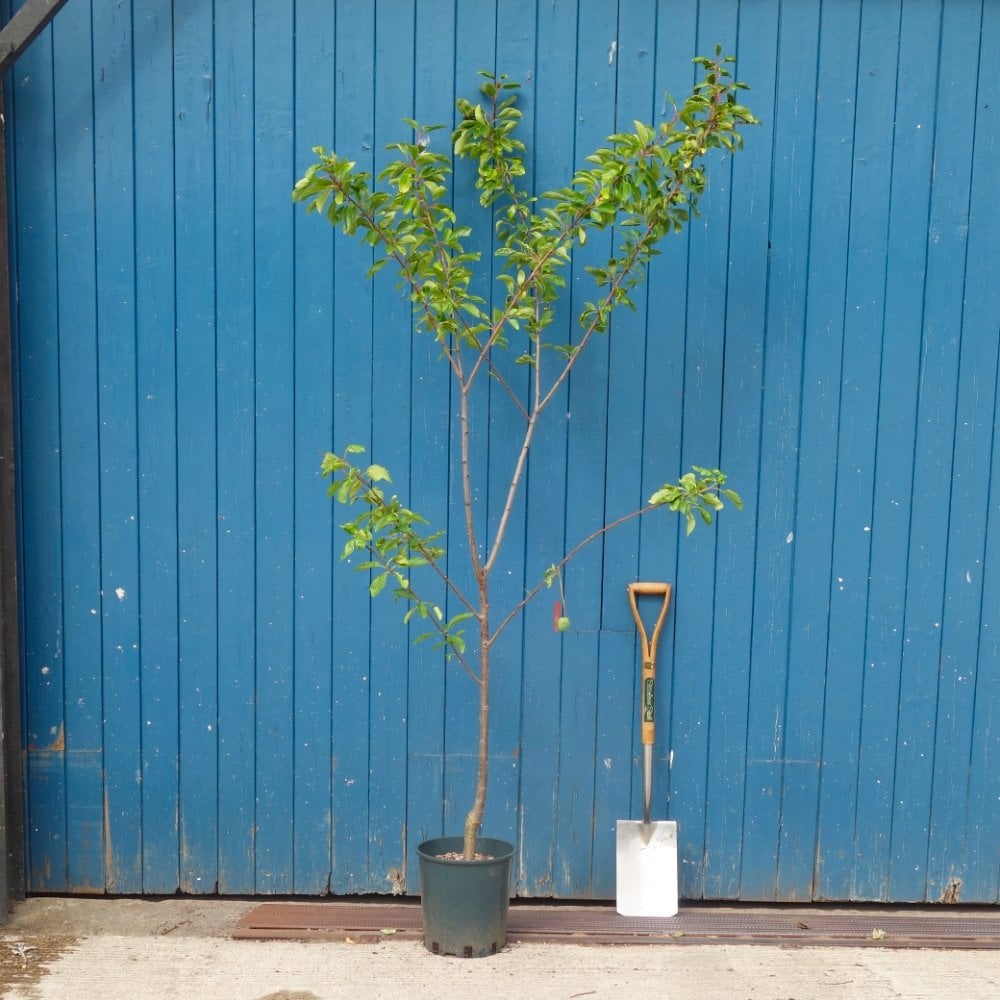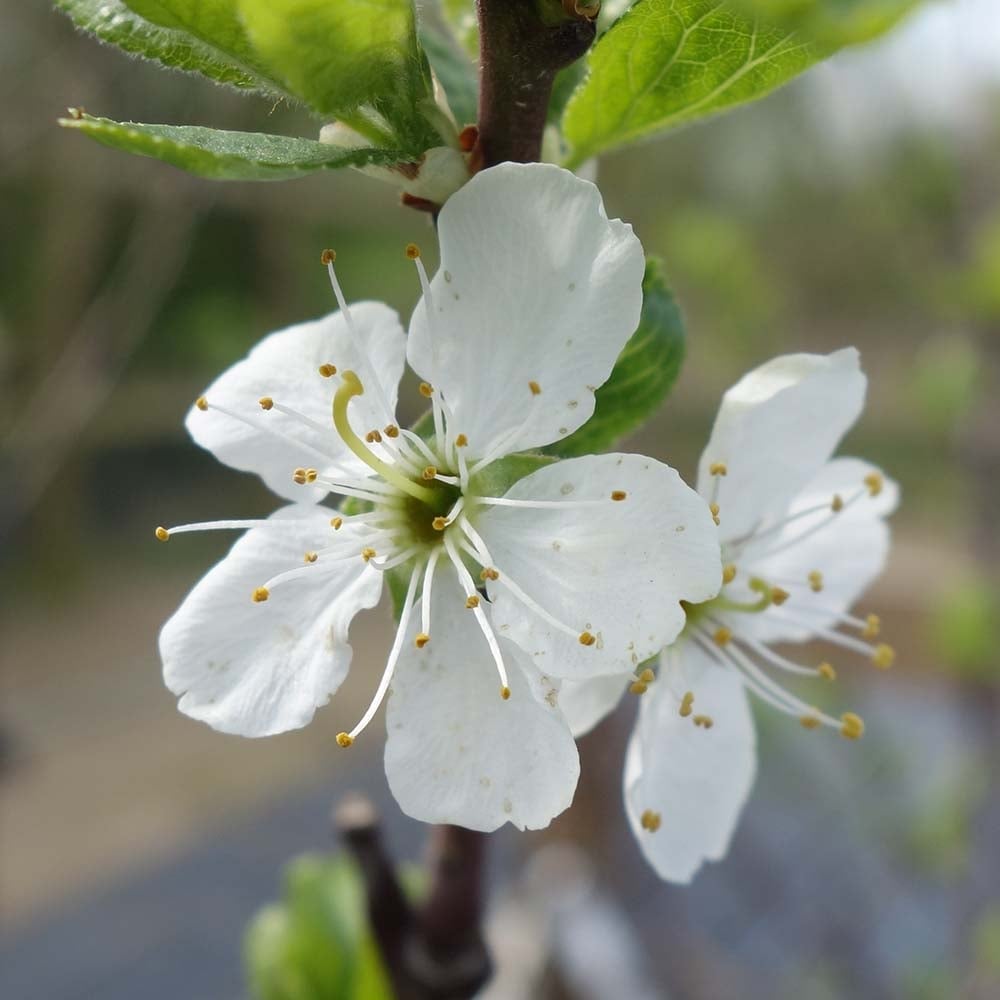Dennistons Superb - Plum or Gage Tree
Dennistons Superb - Plum or Gage Tree
Eating Gage Trees

Dennistons Superb
Eating Gage Trees




Key features




Description
Dennistons Superb is truly delicious and the most reliable cropping gage. Sweet, green-skinned fruits have translucent flesh with a rich gage flavour. Its reliability means it is sometimes considered to be a plum rather than a gage.
One of the toughest gage trees, Denniston's Superb is more suited to Northern climates. This self fertile gage doesn't require a pollinator to produce the tasty eating gages in high yields from late August. Slightly larger flowers make the spring blossom particularly attractive. Also known as 'Imperial Gage', it originates from New York in the 19th century.
| Small shrubs (1-3) | Young trees & 4+ small shrubs | Select semi-mature trees & shrubs (1-4) | All other mature trees (any quantity) | |
|---|---|---|---|---|
| Mainland UK ex. Scottish Highlands | £10 | £12 | £35 | from £55 |
| Scottish Highlands & the Islands | From £30 | |||
| Outside Mainland UK | Currently we are unable to deliver outside of Mainland UK | |||
Product Details
Key features




Description
Dennistons Superb is truly delicious and the most reliable cropping gage. Sweet, green-skinned fruits have translucent flesh with a rich gage flavour. Its reliability means it is sometimes considered to be a plum rather than...
Dennistons Superb is truly delicious and the most reliable cropping gage. Sweet, green-skinned fruits have translucent flesh with a rich gage flavour. Its reliability means it is sometimes considered to be a plum rather than a gage.
One of the toughest gage trees, Denniston's Superb is more suited to Northern climates. This self fertile gage doesn't require a pollinator to produce the tasty eating gages in high yields from late August. Slightly larger flowers make the spring blossom particularly attractive. Also known as 'Imperial Gage', it originates from New York in the 19th century.
Planting & Care
Delivery Information
| Small shrubs (1-3) | Young trees & 4+ small shrubs | Select semi-mature trees & shrubs (1-4) | All other mature trees (any quantity) | |
|---|---|---|---|---|
| Mainland UK ex. Scottish Highlands | £10 | £12 | £35 | from £55 |
| Scottish Highlands & the Islands | From £30 | |||
| Outside Mainland UK | Currently we are unable to deliver outside of Mainland UK | |||
MORE TO GROW YOUR GARDEN





















